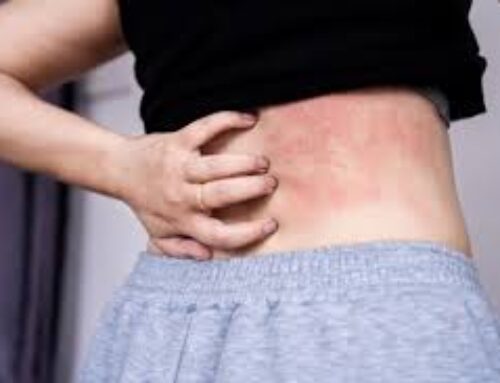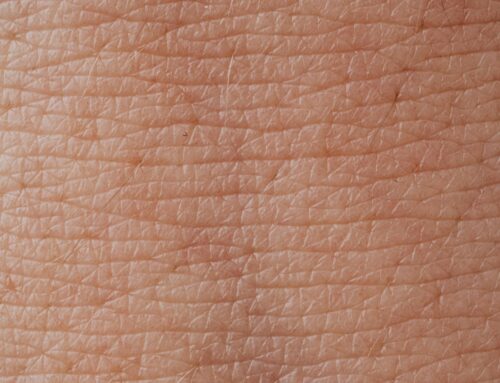Public spaces like gyms, saunas, locker rooms, and pools are designed to promote health and relaxation, but they also create the perfect environment for fungi and bacteria to thrive. Warm, damp conditions and high foot traffic mean that these communal areas are hotspots for infections, especially those that affect the feet. Many people don’t realize just how easily these infections can spread, or how simple steps can make a big difference in prevention.
How Fungal Infections Spread in Shared Environments
Fungal spores are microscopic and resilient, able to survive on surfaces for long periods. When you walk barefoot in a gym shower, sauna, or pool deck, your feet come into direct contact with these invisible invaders. Even a tiny cut or crack in the skin can be an open door for fungi like those that cause athlete’s foot or toenail fungus. Shared towels, socks, and shoes can also transfer spores from person to person, making communal settings a major risk factor for infection.
Common Fungal and Skin Infections in Public Areas
Athlete’s foot (tinea pedis) is one of the most common infections picked up in public spaces. It often starts as an itchy, burning rash between the toes and can spread to the soles and toenails if left untreated. Toenail fungus causes thickened, discolored nails and can be stubborn to treat. Other infections like ringworm, plantar warts, and even bacterial infections such as staph or impetigo are also frequently contracted in these environments.
The Importance of Preventive Hygiene
Protecting your feet and skin in public spaces is straightforward but requires vigilance. Always wear flip-flops, sandals, or waterproof shoes in locker rooms, showers, and pool areas. This simple barrier dramatically reduces your risk of infection. After workouts or time spent in communal areas, wash your feet thoroughly with soap and dry them well, paying special attention to the spaces between your toes. Change out of damp socks and shoes as soon as possible, and never share personal items like towels or footwear.
Recognizing the Signs of Infection
It’s important to recognize early symptoms of fungal infections: persistent itching, redness, peeling skin, or thickened, discolored nails. If you notice these signs, start with an over-the-counter antifungal cream. If symptoms persist or worsen, consult a dermatologist. Early treatment can prevent the spread of infection and minimize complications.
Why This Matters for Everyone
Fungal and bacterial infections can lead to more serious health issues if left untreated, especially for people with diabetes or weakened immune systems. Practicing good hygiene in public spaces is a simple, effective way to protect yourself and others. By keeping your feet covered, maintaining clean habits, and staying alert to changes in your skin, you can enjoy the benefits of public facilities without putting your health at risk.
Public spaces offer great opportunities for fitness and relaxation, but they also come with hidden risks. A little prevention goes a long way: keep your feet covered, practice good hygiene, and don’t ignore early signs of infection. Taking these steps ensures you can focus on your health and well-being, without unwanted surprises.
References:
- Centers for Disease Control and Prevention (CDC):
https://www.cdc.gov/fungal/diseases/ringworm/athletes-foot.html - Mayo Clinic:
https://www.mayoclinic.org/diseases-conditions/athletes-foot/symptoms-causes/syc-20353841 - American Academy of Dermatology (AAD):
https://www.aad.org/public/diseases/contagious-skin-diseases/athletes-foot#prevention





